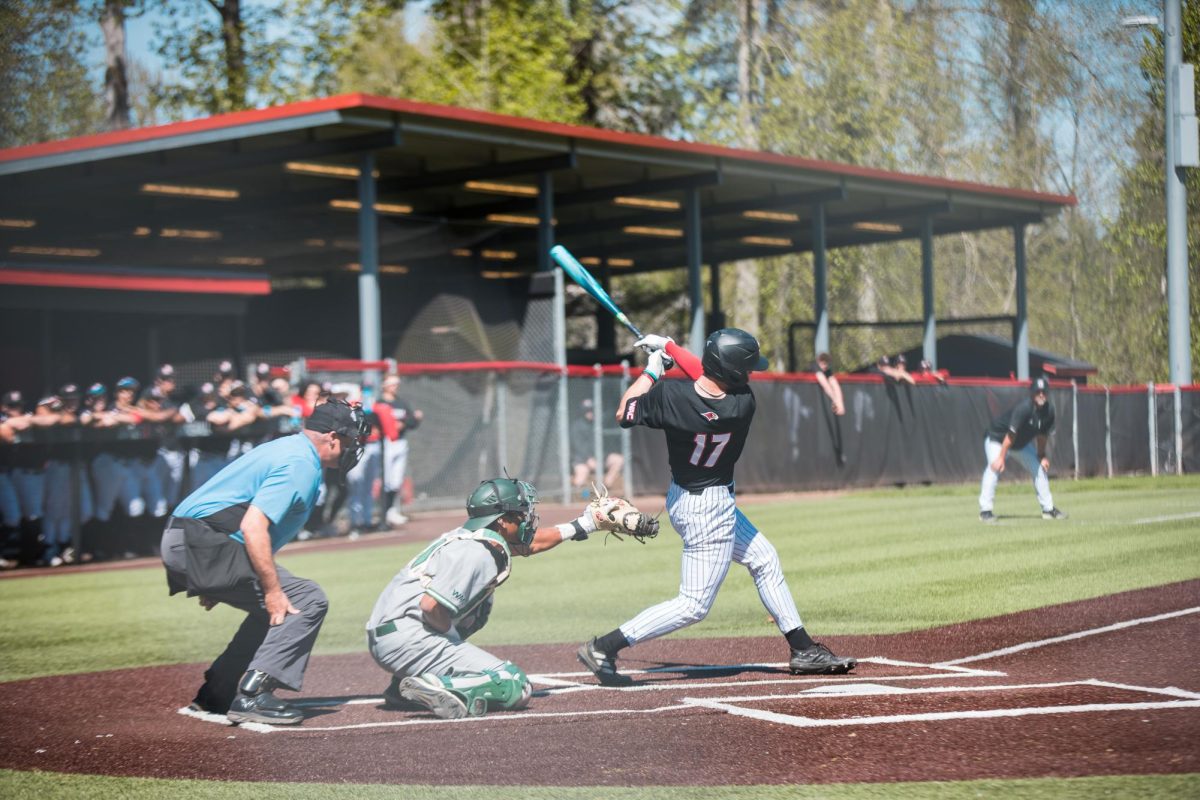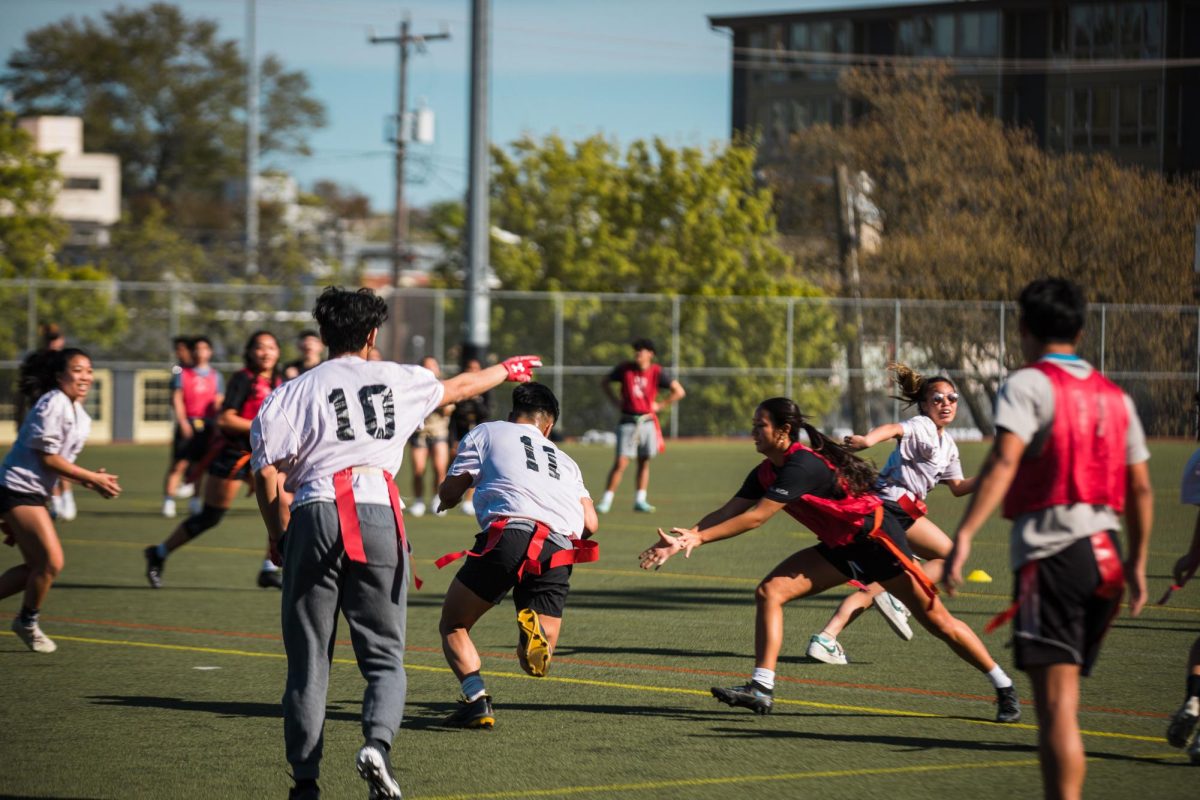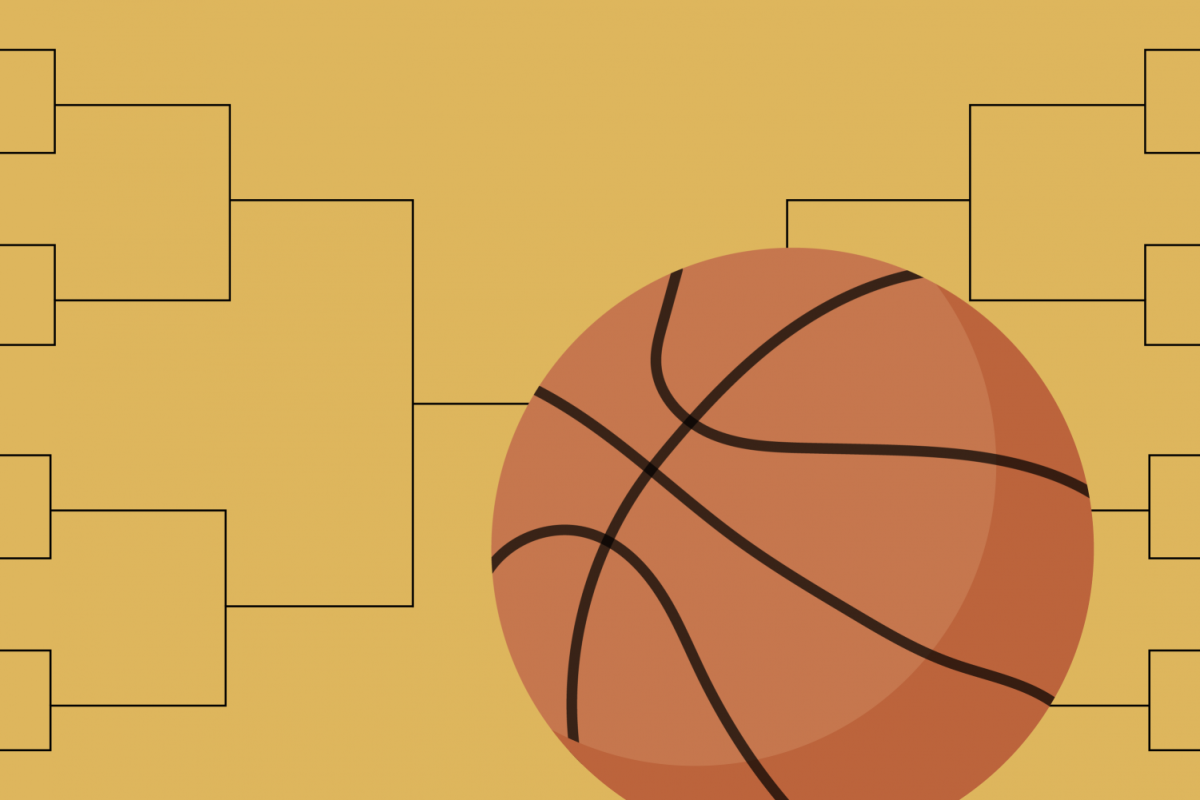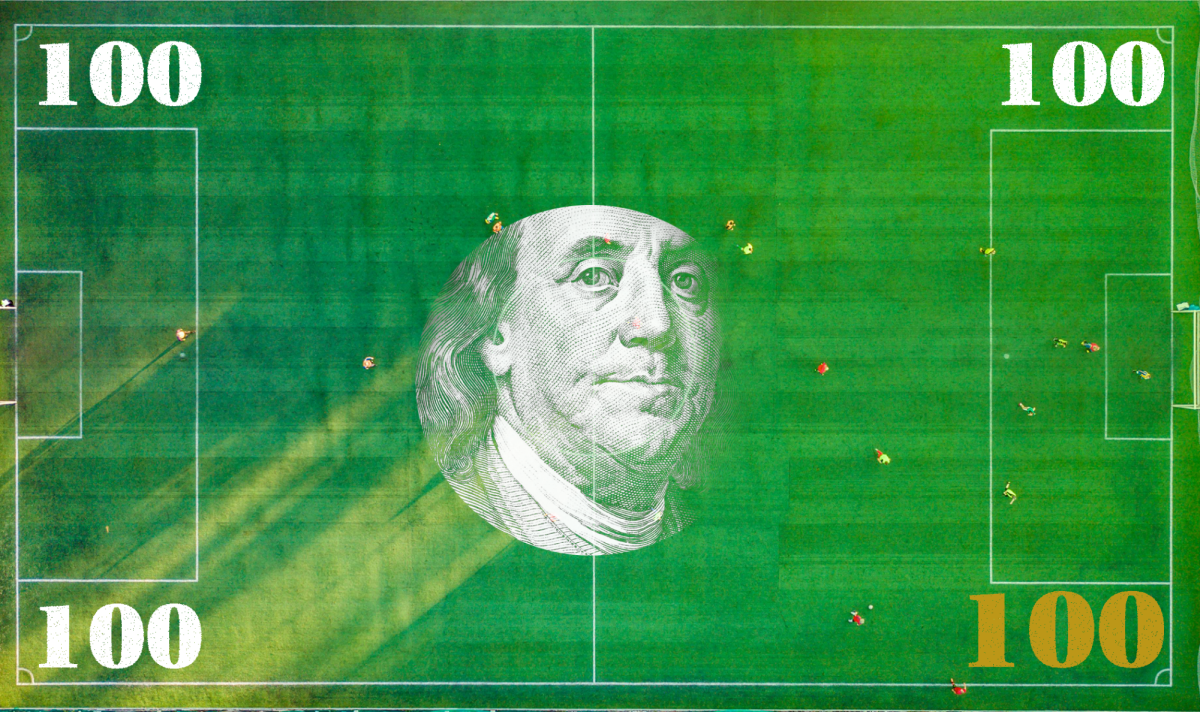On Jan. 5, Ken Griffey Jr. was elected into the Baseball Hall of Fame with the highest voting percentage ever. Griffey, who was a Mariner from 1989 until 1999 and again from 2009-2010, remains one of baseball’s most iconic figures. The long, looping swing that allowed the Kid to slug a career 630 home runs remains etched in the minds of those who saw him play.
Griffey entered the Mariner organization as the first overall pick in the 1987 Amateur Draft. When he made his MLB debut in 1989, he immediately established himself as one of the most exciting players in the game. To wit, he picked up his first major league hit in his first major league at bat—a line drive double off of Oakland hurler, Dave Stewart—and belted his first major league home run in his first plate appearance at home in the Kingdome.
He quickly became known around the league for his defensive abilities, routinely making diving plays and robbing opponents of extra base hits. His glove earned him 10 consecutive Gold Gloves, from 1989-1999, each of them earned for his unparalleled capacity to patrol center field at the Kingdome. His play in the field was surpassed only by his prowess as a hitter. His effortless swing and tremendous power allowed him to lead the league in home runs four times, win the home run derby three times in addition to winning seven Silver Slugger Awards.
Griffey and his father also share the unique distinction of being the only father-son duo to hit back to back home runs in the MLB, having swatted a pair of dingers in the top of the first inning off of Angels starter, Kirk McCaskill on Sept. 14, 1990.
Griffey, whose 99.3 voting percentage broke the previous record set by Tom Seaver at 98.84 percent, had never set foot inside the Cooperstown museum prior to being voted into its hallowed halls.
“In case you don’t know, I’m really superstitious,” Griffey said. “I’ve played in the Hall of Fame game three times and I’ve never set foot in the building. I’ve never even seen the front of it. The one time I wanted to go in there, I wanted to be a member.”
It was assumed that Griffey, whose greatest career accomplishments took place during the steroid era, was never accused or suspected of using performance enhancing drugs. This dissimilarity between him and other popular players of the 1990s and early 2000s made him an easy candidate for Hall of Fame induction. Griffey has said that he felt he was already a notable enough player making plenty of money and that he therefore never felt compelled to improve his performance by using substances. In an era when an estimated 70 percent of ballplayers were juicing, Griffey wasn’t. Nor was he stretching. He once told reporters, “Why should I stretch? Does a cheetah stretch before it catches its prey?”
Mariner fans will forever remember Griffey as the Kid with a backwards hat, a smile on his face and the most beautiful swing ever seen in the Emerald City.
Perhaps his legacy is summed up in that swing, which remained long, looping and powerful well after he lost his speed and defensive prowess to injuries. That swing carved its way into the minds of baseball fans the world over. It’s still possible, on warm spring afternoons at what is now Safeco Park, to imagine Griffey in the box, relaxed, eyeing the pitcher and then, crack!… it’s going, going, gone! Goodbye baseball, hello Cooperstown.
Will may be reached at [email protected].






![The 2024 NBA Playoffs’ Best Moment May Be the First Round [Opinion]](https://seattlespectator.com/wp-content/uploads/2024/04/NBAPlayoffWeb-1200x791.jpg)



